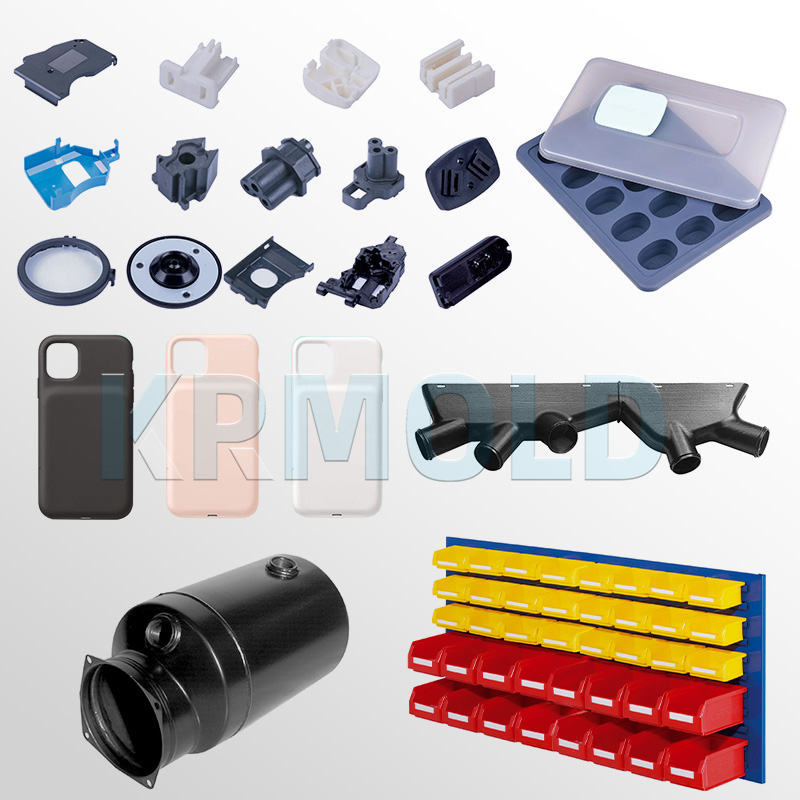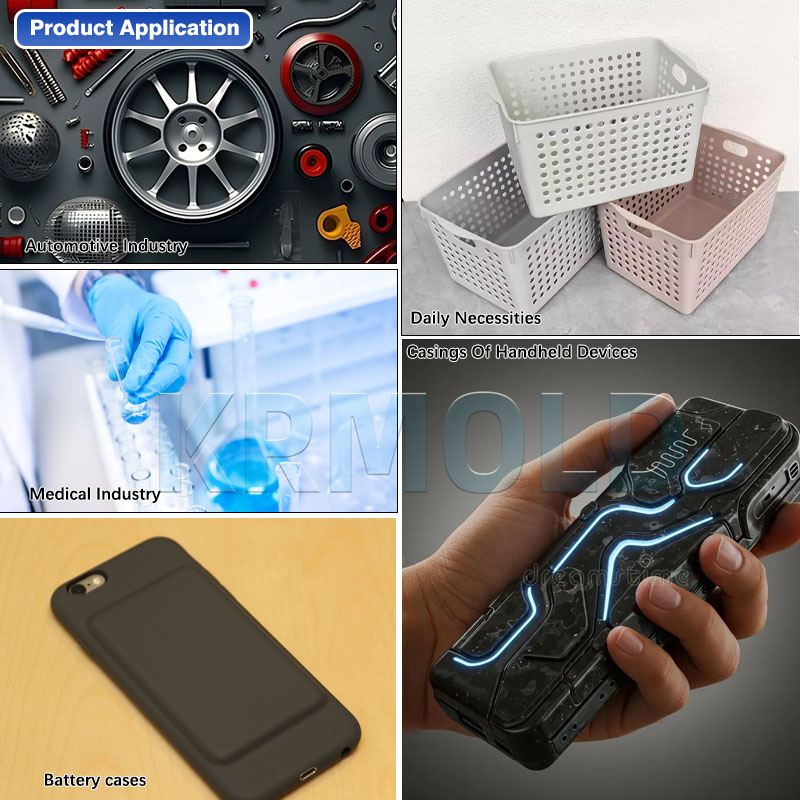
KINGREAL UNIVERSAL IND., LTD
Phone
+86-13702855825| 1 | Understanding PE and Types |
| 2 | PE Injection Molding Processing Conditions |
| 3 | Advantages of Polyethylene Injection Molding |
| 4 | Applications of PE Injection Molding |
PE injection molding is a conventional manufacturing method, precisely forms polyethylene into a range of items and components. Excellent for developing domestic goods and advanced industrial components, polyethylene (PE) is an affordable polymer that is flexible and durable. As industrial technology develops, Polyethylene injection molding is finding more applications in many industries. The fundamentals, benefits, process parameters, and uses of PE injection molding will be covered in this article. | 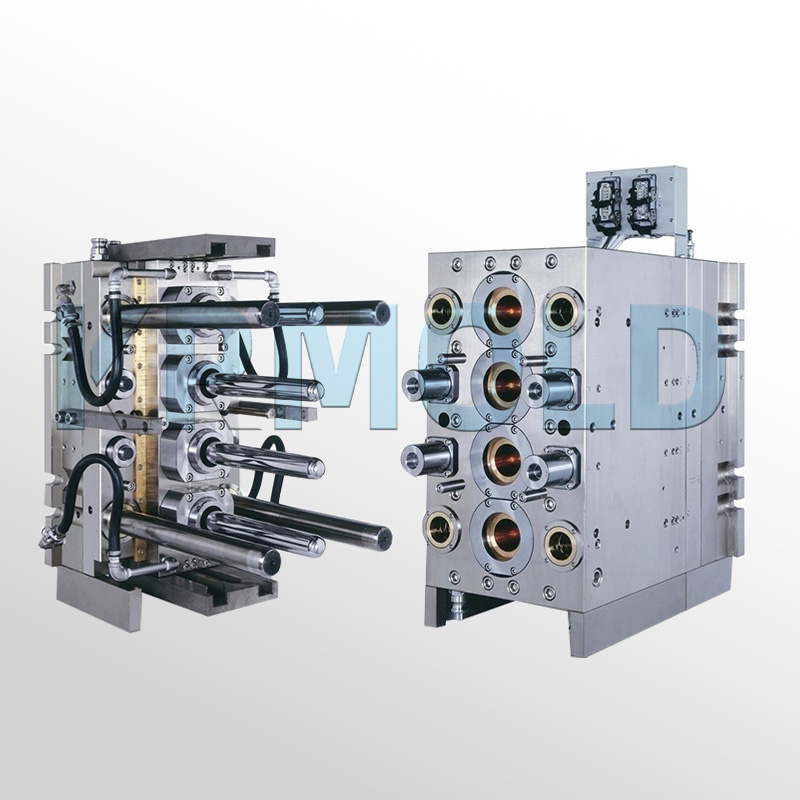 |
1.Understanding PE and Types
Among the most often used thermoplastic polymers worldwide, polyethylene is prized for its strength, chemical resistance, and versatility. Produced mostly from the monomer ethylene, There are many grades of polyethylene, each having specific properties appropriate for various applications. The main kinds of polyethylene utilized in PE injection molding include:
LDPE: Low-density polyethylene (also known as high-pressure polyethylene), offers excellent flexibility and is suitable for the manufacture of films and flexible containers.
LLDPE: Linear low-density polyethylene, offers increased strength and tear resistance and is commonly used in packaging materials and plastic bags.-
MDPE: Medium-density polyethylene, suitable for products requiring strength and rigidity, such as pipes and containers.
HDPE: High-density polyethylene (also known as low-pressure polyethylene), boasts high strength and excellent chemical resistance and is widely used in everyday products and industrial applications.
UHMWPE: Ultra-high molecular weight polyethylene, offers exceptional wear resistance and is often used in high-performance mechanical components.
All of these materials can be processed using polyethylene injection molding to meet diverse product requirements.
2.PE Injection Molding Processing Conditions
PE injection molding processes are relatively simple and suitable for large-scale industrial production. Key process conditions include:
-No drying required: PE is a crystalline material with minimal hygroscopicity, less than 0.01%. Therefore, pre-processing drying is unnecessary, simplifying the production process.
-Excellent flowability: PE has a flexible molecular chain, low melt viscosity, and excellent flowability. During the molding process, thin-walled, long-flow parts can be molded without excessive injection pressure, reducing equipment energy consumption.
-Controlling Shrinkage: PE has a wide range of shrinkage, ranging from 1.5% to 5.0% for LDPE and 2% to 6% for HDPE. Mold cooling conditions significantly influence shrinkage, so mold temperature should be strictly controlled to maintain uniform and stable cooling and prevent deformation and warping.
-Crystallization: PE has a strong crystallization ability, and injection mold temperature significantly affects the crystallization of the molded part. High mold temperature slows melt cooling, thereby increasing the crystallinity and strength of the molded part.
-Plasticization Requirements: Although PE has a low melting point, its high specific heat capacity means that plasticization still consumes a considerable amount of heat. Therefore, the plasticizing unit should have a high heating power to improve production efficiency and ensure smooth injection molding.

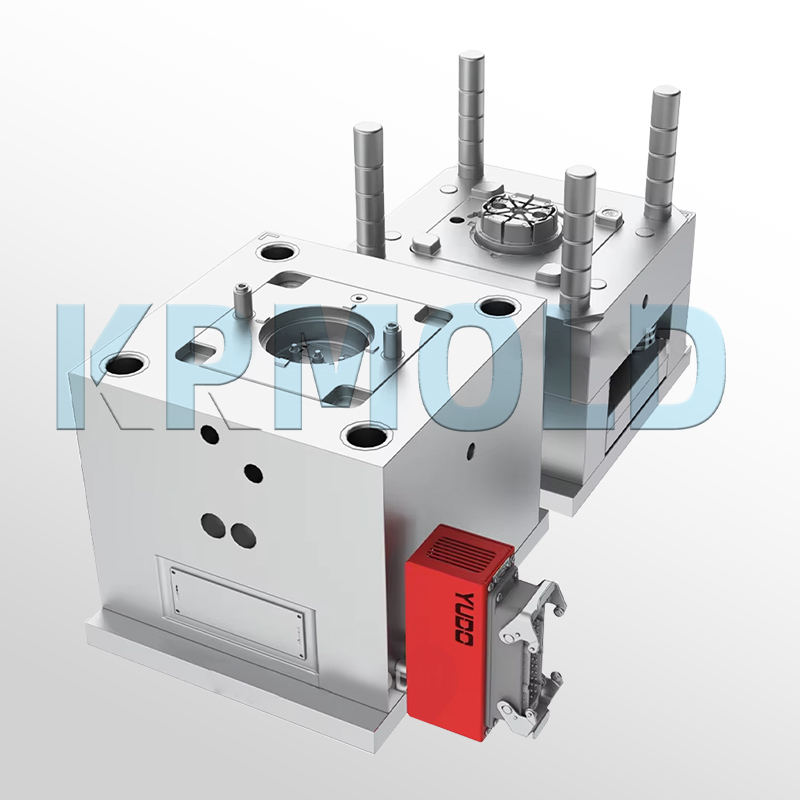
3.Advantages of Polyethylene Injection Molding
Economical and Efficient Production PE injection molding is a cost-effective choice because of polyethylene's comparatively inexpensive price. Furthermore allowing for mass manufacture of parts, high efficiency polyethylene injection molding lowers unit expenses and increases overall profit.
Versatility and Flexibility Customizable polyethylene injection molding creates a great variety of goods. Manufacturers can produce goods with different forms, hues, and textures by changing mold design and chemicals, so flexibly satisfying the requirements of many sectors. PE injection molding has a solid market position as a result of its adaptability.
High Durability and Chemical Resistance PE is well known for its resilience to chemicals, impact, moisture, and toughness. Products made with polyethylene injection molding may resist extreme conditions, hence guaranteeing a long service life whether applied in home goods or industrial items.
Recyclable and Environmentally Friendly Recyclable substance polyethylene may sometimes be processed and reused from waste produced during PE injection molding. In addition to lowering manufacturing waste, this encourages environmentally friendly production techniques in accordance with current society's requirements for sustainable development.
Precision and Consistency High accuracy and repeatability of polyethylene injection molding guarantees that every piece made adheres to demanding standards. This is especially critical in sectors such automotive, medical, and electronics, where high accuracy is demanded, therefore lowering faulty components during manufacture. | 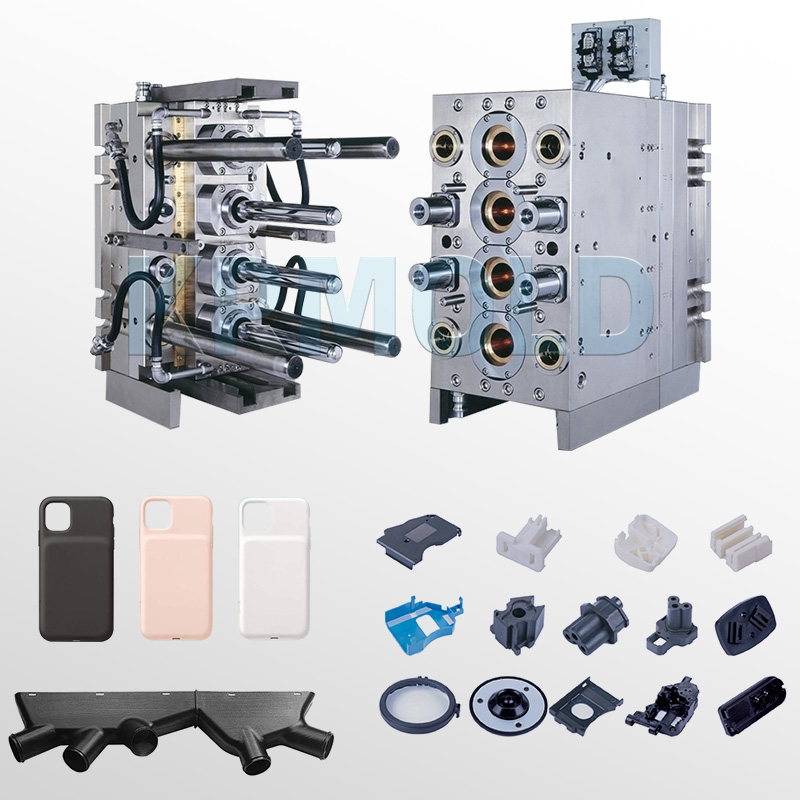 |
4.Applications of PE Injection Molding
The wide range of applications for polyethylene injection molding makes it a preferred technology across numerous industries. The following are some key application areas:
PE injection molding for automotive
In the automotive industry, polyethylene injection molding is widely used to produce components such as air ducts, fluid tanks, structural panels, fluid reservoirs, wheel well liners, cable insulation, battery boxes, fluid delivery pipes, and soundproofing. These products require high strength and chemical resistance to withstand the complex environment of vehicle interiors.
PE injection molding for tools and equipment
In the tools and equipment industry, polyethylene injection molding is used to manufacture insulation sleeves, bushings, handheld device housings, outdoor electrical junction boxes, switch boxes, router and modem housings, and more. PE's chemical resistance and flexibility make these products safe for use in a variety of environments.
PE injection molding for household goods
In the household goods industry, polyethylene injection molding also shines by generating a range of plastic storage boxes, kitchenware, and plant pots. These items meet customer needs and are also sturdy in addition to being visually appealing.
PE injection molding for medical devices
Disposable medical equipment, pharmaceutical packaging, and storage containers are made using polyethylene injection molding in the healthcare sector. These products are distinguished by great precision and rigorous cleanliness standards; PE injection molding matches these demands very effectively.
PE injection molding for consumer electronics
Mobile phone cases, electronic accessories, and casings for several electronic devices are produced using polyethylene injection molding in the consumer electronics industry. These items call for both beauty and endurance, and PE injection molding offers a perfect answer.
